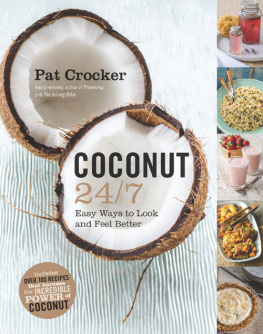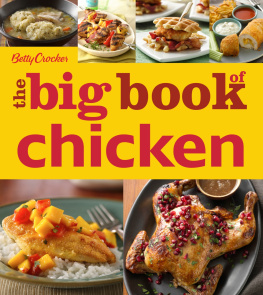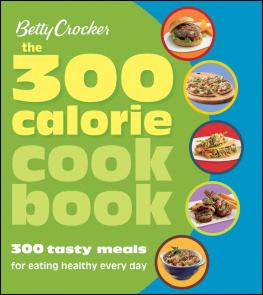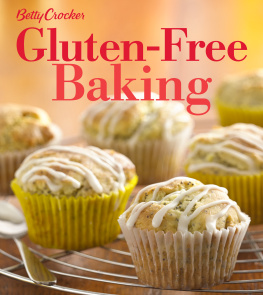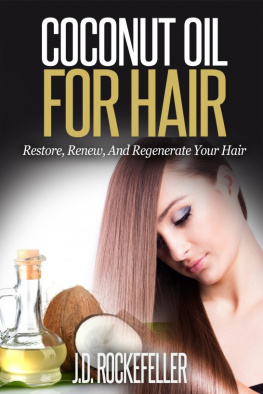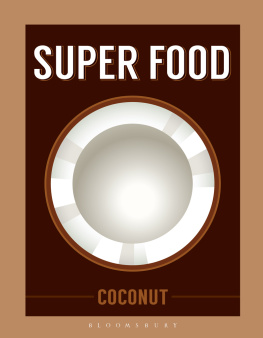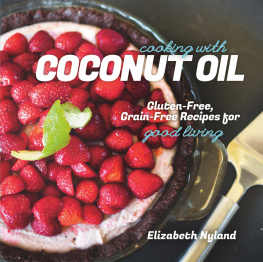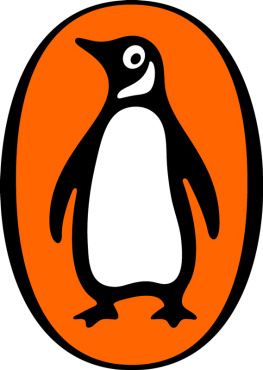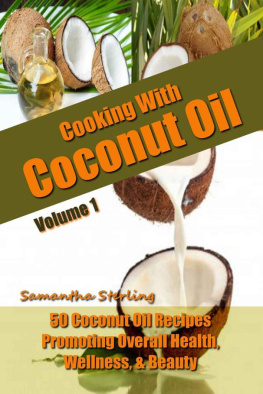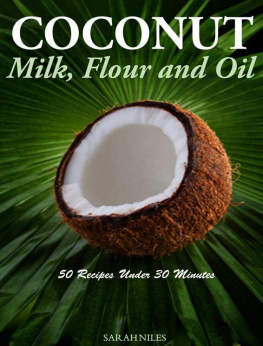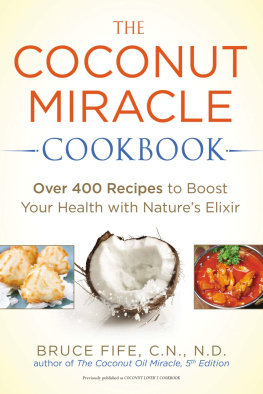
COCONUT 24/7
Easy Ways to Look
and Feel Better
Pat Crocker

To the coconut, that majestic and health-giving tropical plant, the tower of life itself, and to the 12,000 or so islandsthe coconut isleslands of abundance nestled in the vast basin of the great Pacific Ocean between the Tropic of Cancer and the Tropic of Capricorn.
The coconut has been sharing its gifts of fibre, wood, meat and life-giving water from a time as old as the islands themselves. Antonio Pigafetta, the Italian nobleman who sailed with Magellan, wrote in his journal, With two of these palm trees, a whole family of ten can sustain itself. Indeed, even the 4,000-year-old Sanskrit words for coconut, Kalpa Vriksha, are thought to mean the tree that gives all that is necessary for living.
Now, thanks to research by nutritionist Mary Enig, Ph.D., Bruce Fife, C.N., N.D., and others, as well as new extraction techniques that offer an array of coconut food products to cooks the world over, we can all enjoy the miracle of coconut.
This book begins with an overview of the incredible healing gifts of coconut. It then explores both familiar and innovative coconut ingredients. It provides reliable, science-based information on the healing components as well as practical, home-tested techniques for using coconut ingredients in everyday dishes. In fact, every recipe in Coconut 24/7 features at least one coconut ingredient and relies exclusively on organic virgin unrefined (or raw) coconut oil as a healthy fat for sauting, stir-frying and baking.
While working on this book, I often found myself transported to faraway coastal lands and sun-warmed archipelagos where coconut palms lean into the salt spray and cast their windmill shadows on bleached sand. Their very namesCook Islands, Tonga, Fiji, Samoa, Solomon Islands, Micronesia, Palau, Thailand, Vanuatu and dozens moregave inspiration for the tastes that this book enjoys. Every day while testing, I basked in the teasing aroma of just-opened coconut as it met the tang and punch of pineapple or mango or the alluring essence of vanilla. I played with tropical ingredients and cross-pollinated the flavours of Polynesia, Southeast Asia and Oceania with the sensibilities of North American staples.
Again the cliff yawned, but now with a deeper entry; and the Casco, hauling her wind, began to slide into the bay of Anaho. The cocoa-palm, that giraffe of vegetables, so graceful, so ungainly, to the European eye so foreign, was to be seen crowding on the beach, and climbing and fringing the steep sides of mountains.
It was longer ere we spied the native village, standing (in the universal fashion) close upon a curve of beach, close under a grove of palms; the sea in front growling and whitening on a concave arc of reef. For the cocoa-tree and the island man are both lovers and neighbours of the surf. The coral waxes, the palm grows, but man departs, says the sad Tahitian proverb; but they are all three, so long as they endure, co-haunters of the beach.
Robert Louis Stevenson,In the South Seas(1896)
The recipes here are very different from those found in my previous books. These are infused with the buoyancy and leisurely pace of light-filled days and the warm glow of sunsets over tropical waters. They are an adventurous fusion of exotic and fresh, seasonal and sensible ingredients, and at the same time they offer lots of room for substitutions and experimentation. Here you will find tart apples, pears and other tree fruits tossed with papaya, mango and star anise, all with just the right spike of orange and lemon. Vegetables of every colour brighten the pot and the plate; dips and sauces dance on the tongue; healthy portions of organic meat, chicken, fish and seafood are brought together in unusual combinations that explode on the page and ignite the senses.
As I explored the exceptional health benefits of organic virgin raw coconut oil, I learned of its incredible healing benefits to the skin. Inspired, I simplified my beauty routine (and saved hundreds of dollars!) by using coconut oil as a hair conditioner and to make my own skin and body creams. Youll find these simple spa recipes in Chapter 9.
After an intense immersion in the gentle, renewing and healing ways of coconut, my own relationship with this incredible plantits water, its meat and its oilshas developed into a full-on love affair. I have experienced first-hand the amazing effects it has on the bodyboth inside and out. With this book and the products of one plant known and revered by ancient tropical peoples, you, too, can begin an odyssey of delight and delicious adventure.
Pat Crocker
1
Coconut: The Essentials
The Tree of Life
The coconut tree (Cocos nucifera) has been entrenched in the Asia-Pacific culture, diet and traditional healing arts for centuries. In fact, Ayurvedic medicine has been using the oil from The Tree of Life as a healing ingredient for some 4,000 years.
In tropical regions where the coconut palm grows in abundance, coconut is a nutritious staple in the diet, rich in fibre, vitamins, minerals and phytonutrients. Folk medicine practitioners have used it for generations to treat a wide range of health conditions, including the following:
skin conditions (infections, minor wounds, dry skin, bruises, sun protection, abscesses, jaundice, rash, scabies, burns)
scalp and hair problems (baldness, lice) and as a conditioner
internal disorders and diseases (asthma, tuberculosis, toothache, dysentery, constipation, earache, kidney stones, gingivitis, inflammation), cough and flu (sore throat, bronchitis, fever, nausea, upset stomach)
Now coconut oil is becoming an important new healthy food in many Western and European countries. Modern science has confirmed that it possesses incredible healing properties not present in any other edible oil (see pages 17 to 18). Despite its vilification in the middle of the twentieth century (due to pressure from vegetable oil producers and a lack of understanding about the nature of its fatty acids), the coconutand, in particular, coconut oilis beginning to be understood as a functional food because it offers several specific health benefits that go far beyond its nutritional constituents.
In the hour of the dusk, when the fire blazes, and the scent of the cooked breadfruit fills the air, and perhaps the lamp glints already between the pillars and the house, you shall behold them silently assemble to this meal, men, women, and children; and the dogs and pigs frisk together up the terrace stairway, switching rival tails. The strangers from the ship were soon equally welcome: welcome to dip their fingers in the wooden dish, to drink cocoanuts, to share the circulating pipe.
Robert Louis Stevenson,In the South Seas(1896)
Coconut Water
People who live among coconut palm trees harvest young green coconuts for the exceptionally pure, clear liquid or juice inside the immature nut. The mildly sweet water, called coconut water, is found in abundance in young green coconuts and in much smaller quantities in mature brown coconuts. Young green coconuts can produce between 1-1/2 to 2+ cups of coconut water, whereas a mature coconut may only yield 1/2 cup. Coconut water is a natural component of the growing coconut and is completely different from coconut milk and cream, which are made by pressing shredded coconut meat with plain water (see pages 22 to 23).

